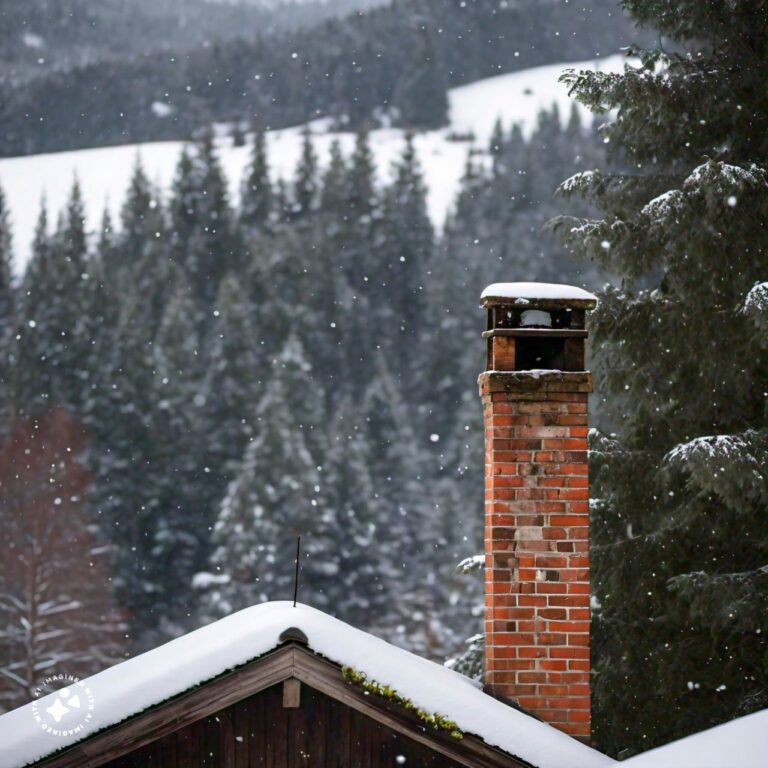Introduction
Pipe fittings are essential components used in plumbing, piping, and other systems to connect, control, or direct the flow of fluids. These fittings allow pipes to change direction, branch off, or transition between different pipe sizes or types. They come in various materials and styles, depending on the application. This article explores the different types of pipe fittings, their uses, and the industries where they are commonly employed.
Types of Pipe Fittings
- Elbows
- Function: Used to change the direction of fluid flow, typically by 45 or 90 degrees.
- Application: Elbows are often used in plumbing, heating systems, and gas pipelines to navigate around obstacles or adjust the pipe layout.
- Tees
- Function: Tees allow fluid to branch off in different directions.
- Application: Used when a pipeline needs to split into two different pathways, commonly found in water supply systems, drainage, and irrigation.
- Couplings
- Function: Used to connect two pipes of the same diameter.
- Application: Common in plumbing systems, couplings are essential for extending pipe length or repairing damaged sections of a pipe.
- Reducers
- Function: Used to connect pipes of different diameters.
- Application: Reducers are used in situations where a system requires a gradual or abrupt transition from one pipe size to another, often seen in industrial settings.
- Unions
- Function: Similar to couplings, but designed for easy assembly and disassembly.
- Application: Used in systems that require regular maintenance or disconnection, such as pumps, valves, or tanks.
- Caps and Plugs
- Function: Caps and plugs are used to close the ends of a pipe.
- Application: These fittings are employed in piping systems that require sealing for testing purposes or for temporary or permanent closures.
- Bushings
- Function: Bushings are used to connect pipes of different sizes but are more compact than reducers.
- Application: They are typically found in residential plumbing, where space may be limited.
- Crosses
- Function: Cross fittings are four-way connectors used to create branches in four directions.
- Application: Primarily used in fire sprinkler systems and irrigation systems where multiple pipes need to be interconnected.
Materials Used for Pipe Fittings
- Metal (Steel, Copper, Brass): Strong and durable, metal fittings are used in high-pressure applications and environments where durability is critical. Steel and brass fittings are common in industrial settings, while copper is often used in plumbing.
- PVC (Polyvinyl Chloride): Lightweight and resistant to corrosion, PVC fittings are ideal for water systems, sewage, and drainage applications.
- CPVC (Chlorinated Polyvinyl Chloride): CPVC fittings are used for hot and cold water systems, as they can withstand higher temperatures than standard PVC.
- PEX (Cross-Linked Polyethylene): Flexible and easy to install, PEX fittings are popular for residential water supply systems.
- HDPE (High-Density Polyethylene): Known for its toughness, HDPE fittings are typically used in gas and water supply lines.
Applications of Pipe Fittings
- Plumbing
- In residential and commercial buildings, pipe fittings are crucial for distributing water, gas, and waste. Elbows, tees, and couplings are frequently used in this sector.
- Oil & Gas Industry
- High-pressure pipe fittings made from steel or other durable materials are essential in the oil and gas industry. They help safely transport natural gas, oil, and other fluids across long distances.
- HVAC Systems
- Heating, ventilation, and air conditioning systems utilize pipe fittings to control air and fluid flow. Reducers and elbows are common in these systems to optimize space and ensure efficient flow.
- Agriculture and Irrigation
- Pipe fittings such as tees and crosses are essential in irrigation systems to distribute water across large fields. Durable plastic fittings like PVC are popular in this application due to their resistance to rust and corrosion.
- Fire Protection Systems
- Cross and tee fittings are often used in fire sprinkler systems to distribute water evenly throughout a building. High-pressure metal fittings ensure the system operates effectively during emergencies.
Conclusion
Pipe fittings play an integral role in various industries by facilitating the transportation of fluids, gases, and other materials. With a wide range of types and materials, these components ensure systems function efficiently, safely, and reliably. Understanding the correct type of fitting for a particular application is crucial for the overall effectiveness of a piping system, whether in a home, industrial plant, or agricultural setting.







